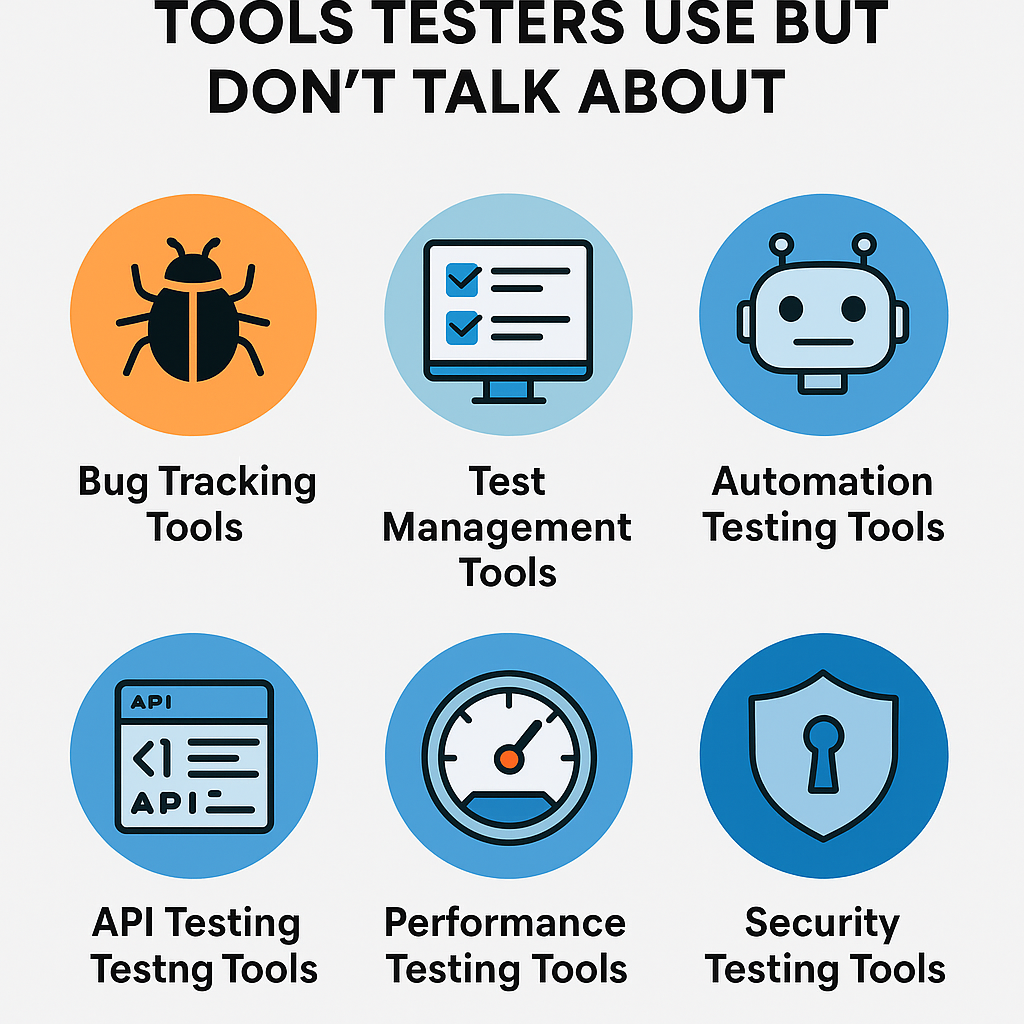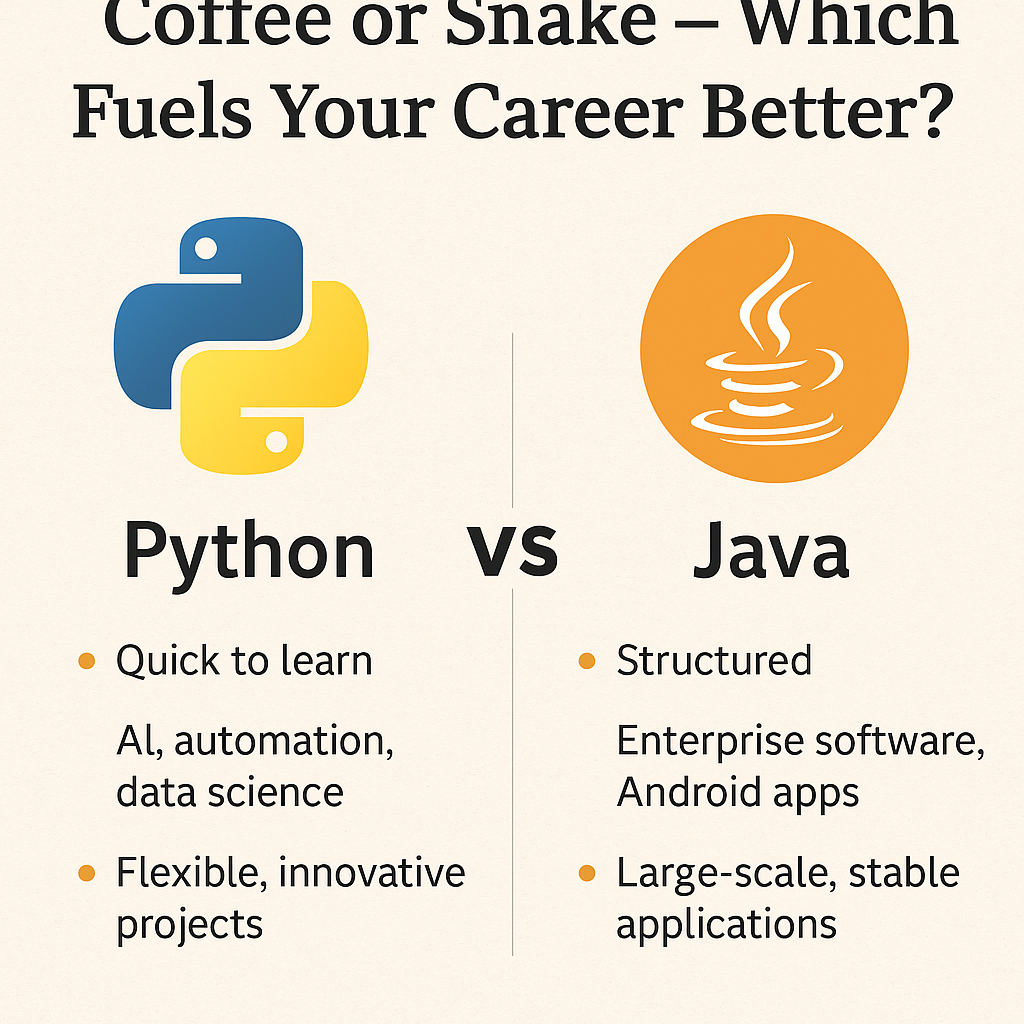Welcome to Selenium Online Course
Selenium serves as a portable and open-source automated software testing tool designed for evaluating web applications. It possesses the capability to function seamlessly across various browsers and operating systems. More than just a standalone tool, Selenium comprises a suite of tools that aid testers in efficiently automating web-based applications.
Supported Platforms:
Selenium is compatible with a range of operating systems, programming languages, and Testing Frameworks.
Operating Systems:
- Microsoft Windows
- Macintosh
- Linux
Programming Languages:
- Java
- Perl
- C#.Net
- Python
- Ruby
Key Features of Selenium:
- Support for Multiple Browsers: Selenium facilitates the testing of web applications across various browsers. WebDriver interacts with web applications and their elements within a browser, mimicking user actions with native browser support, thereby eliminating the need for additional intermediate tools or software.
- Multi-Programming Language Support: Selenium WebDriver accommodates a wide array of programming languages, including Java, Python, C#, Ruby, etc. Additionally, Selenium extends support to HTMLUnitDriver and AndroidDriver.
- Enhanced Selenium IDE: Initially available solely as a Firefox add-on, Selenium IDE underwent updates due to its deprecation with the release of newer Firefox versions. This transition occurred as the latest Firefox versions standardized add-ons under the Web Extension mechanism.
What is new in Selenium 4?
- Deprecation of Desired Capabilities: Selenium 4 replaces Desired Capabilities, which were primarily utilized in test scripts to define the test environment (browser name, version, operating system) for Selenium Grid execution. In Selenium 4, capability objects are substituted with options, necessitating testers to create an option object, specify requirements, and pass the object to the constructor. Listed Options Objects:
- Modifications in the Action Class: Selenium 4 introduces several new methods to the Actions class:
- click(WebElement): Replaces moveToElement(onElement).click(), enabling clicking on a specific web element.
- clickAndHold(WebElement): Substitutes moveToElement(onElement).clickAndHold(), allowing clicking on an element without releasing the click.
- doubleClick(WebElement): Replaces moveToElement(element).doubleClick(), facilitating a double-click action on an element.
- ChromeOptions
- FirefoxOptions
- InternetExplorerOptions
- EdgeOptions
- SafariOptions
What are the components of Selenium?
Selenium comprises various components, including Selenium Remote Control, Selenium WebDriver, Selenium Grid, and Selenium IDE.
Different Training Programs:
Master of Selenium WebDriver Automation Testing Training
Master of Manual Testing + Automation Testing Training program
Mobile Testing with Appium Training Program












